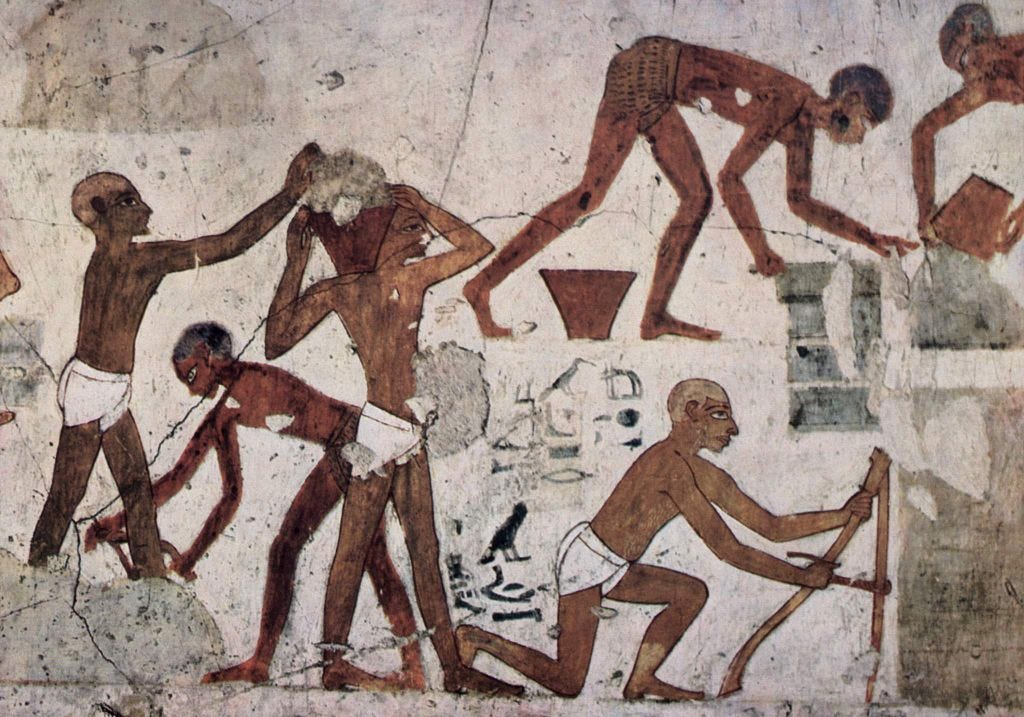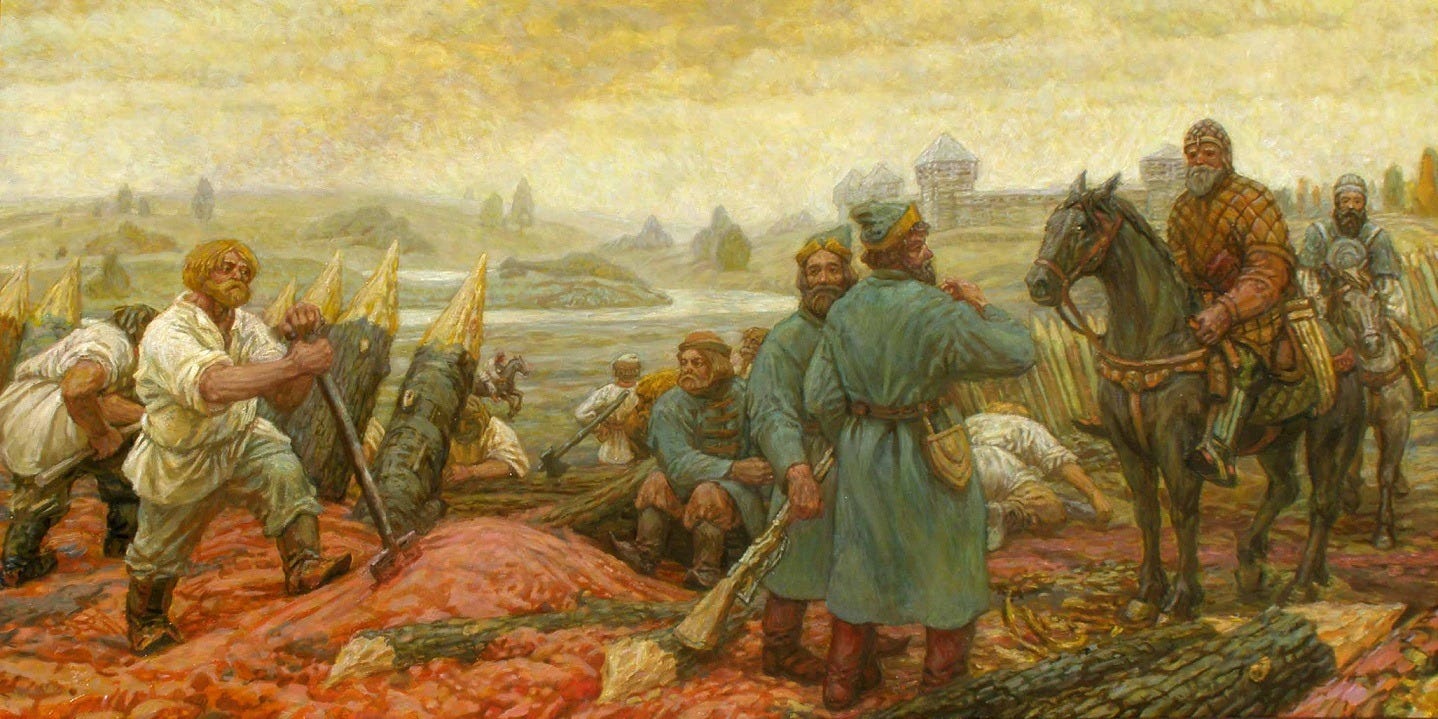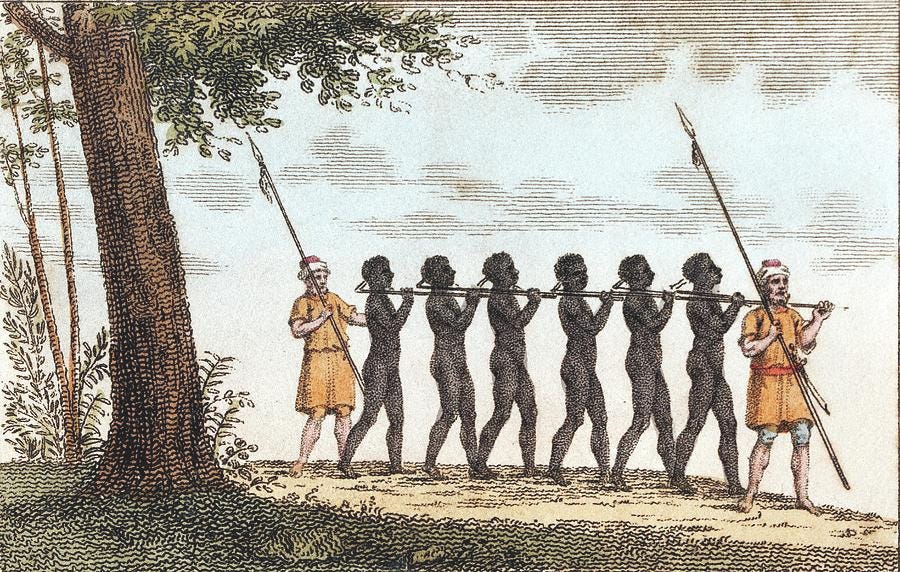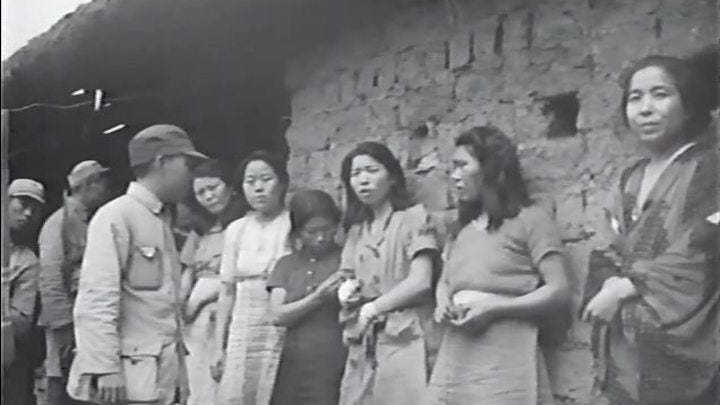Thomas Sowell on the history of slavery
The economist and historian gives a global perspective
Thomas Sowell, a prominent American economist, historian, and social philosopher at Stanford University, and the descendant of African slaves, has written extensively about the history of slavery, including in his books Race and Culture and Conquests and Cultures.
Sowell says that most Americans are misinformed about slavery due to being taught a narrow American-centric view, rather than a global history. Alex Haley said that, with his novel Roots, he was “[t]rying to make a myth for my people to live by,” and his narrative is how most Americans primarily see the whole of slavery. Sowell’s work emphasizes the widespread nature of slavery throughout human societies.
One of Sowell’s main points is that slavery was a universal institution throughout human history, found in nearly every civilization. At the time of Jesus, one third to one half of people were slaves, with slaves of wealthy people sometimes owning their own slaves. Evolutionary psychologist Julian Jaynes, author of the seminal book The Origin of Consciousness in the Breakdown of the Bicameral Mind, wrote that early hierarchical societal structures involving slavery, such as in Ancient Egyptian and Greek societies, were innate to pre-conscious human psychology.
Sowell writes, “Of all the tragic facts about the history of slavery, the most astonishing to an American today is that, although slavery was a worldwide institution for thousands of years, nowhere in the world was slavery a controversial issue prior to the 18th century. People of every race and color were enslaved—and enslaved others. White people were still being bought and sold as slaves in the Ottoman Empire, decades after American blacks were freed.”

Sowell writes that the racialization of slavery was a later development. For most of history, slavery was not based on race but stemmed from war, conquest, or economic necessity. Europeans enslaved other Europeans, Asians enslaved fellow Asians, American Indians enslaved other American Indians, and Africans enslaved and traded other Africans. The word "slavery" itself is derived from the term “Slav,” which refers to a North Euro-Asian ethnic group.
It was only with the rise of the transatlantic slave trade that slavery became racialized, specifically targeting Africans, with their enslavement justified through ideas of racial inferiority.
Another point in Sowell’s analysis is the role of African societies in the transatlantic slave trade. African kingdoms and societies played significant roles in capturing and selling slaves to European and Arab traders. Sowell challenges the notion that Europeans were solely responsible for the trade, emphasizing that without African cooperation, the scale of the transatlantic slave trade would have been much smaller.
Sowell also explores the unique role of Western nations in the abolition of slavery. While slavery was a global institution, it was Western nations, particularly Britain, that led the charge to end it, often at great economic and military cost. He praises Britain’s Royal Navy for its efforts to suppress the transatlantic slave trade, patrolling the seas and enforcing abolitionist policies.
According to Sowell, the abolition of slavery required a significant moral shift, driven in large part by religious and cultural changes. He credits the Judeo-Christian ethic in Western societies for providing the moral framework that eventually led to the abolitionist movement. Most slavery today exists in non-Western countries, with India, China, North Korea, and Pakistan having the most slaves.
While Sowell’s work is praised for its global perspective some critics argue that he downplays the unique racial dimensions and harshness of chattel slavery in the Americas and its long-term social consequences. Despite these critiques, Sowell’s analysis offers a comprehensive understanding of the history of slavery within a global context that many Americans don’t know.








I have to listen to this topic get mangled in schools all the time. Please look into K-12 Social Studies standards in your state!